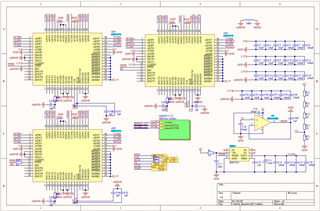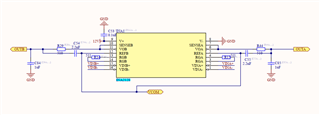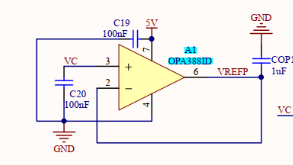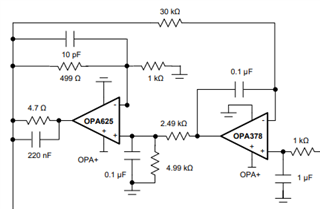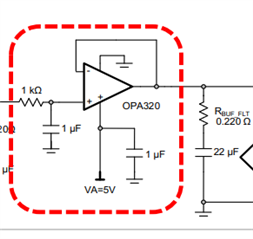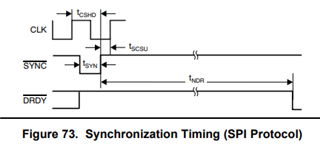Other Parts Discussed in Thread: INA2128,
Hello,
We use the ina 2128 chip to amplify the 24 channels signal from the pressure sensor and then input the signal into the ads 1278 chip to get a digital signal.
The temperature characteristics of the ads 1278 chip are tested experimentally, and the other experimental conditions are the same, input a constant signal, test the output of the ads 1278 chip with temperature changes at 512 fps and 50 fps respectively, the output signal is shown in Figure 1 below, Figure 2 below. It can be found that the non-linearity of the output signal is significantly improved when the sampling frequency is reduced.
Is there any way to achieve a better linearity at 512 fps?
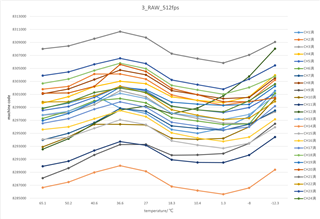
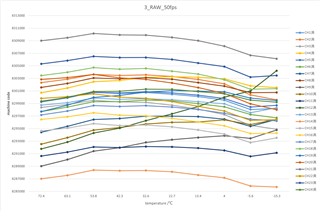
Best regards
Kailyn


